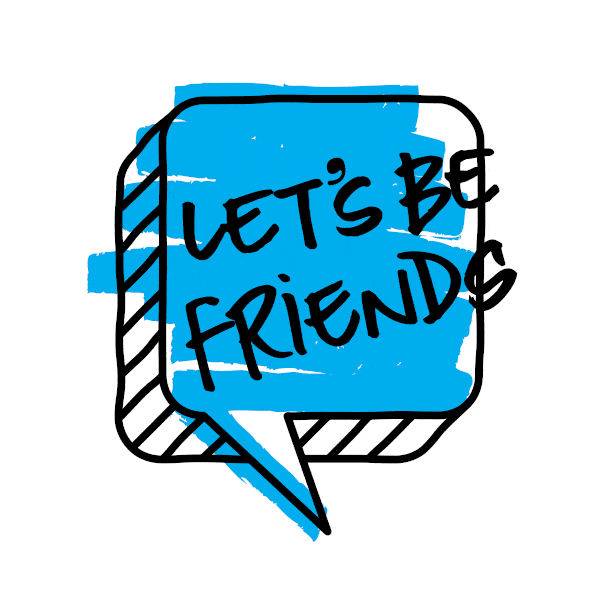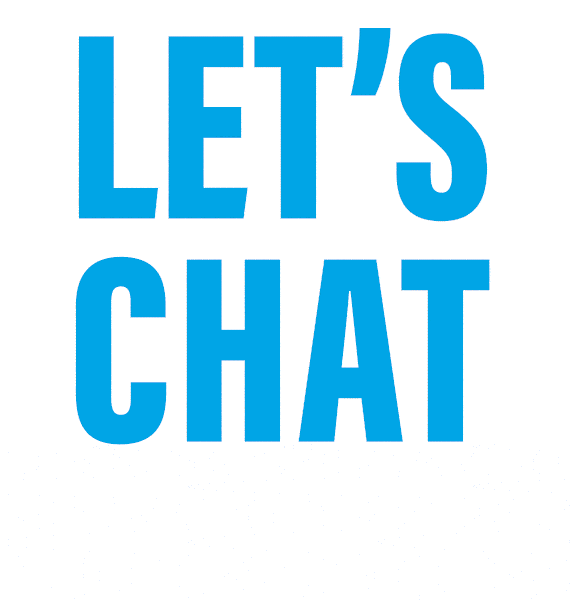At VI, we pride ourselves on being the leading behavior change agency in the region. We love building campaigns that lower the state’s adult smoking rate, increase travel across Oklahoma, get people to buckle up and drive sober or even just drink water. It’s our superpower, and we often gravitate toward clients who want the same thing.
Behavior change marketing asks people to do more than spend money, it asks audiences to:
- Accept a new behavior
- Abandon an old behavior
- Modify a current behavior
- Reject a potential behavior
These are big asks that force audiences to look at their lives/routines/jobs/habits/addictions and get uncomfortable for a potentially big payoff. We know change can suck. That’s why most New Year’s resolutions last six weeks.
Specializing in a type of marketing may seem limiting to some agencies, but we believe it’s the opposite. The behavior change model exists in millions of campaigns, you just might not have noticed.
Accept a New Behavior
Introducing a new behavior into someone’s set routine is a pretty heavy lift. An effective way to tackle it is education. What will they actually gain with this effort? SaaS companies understand this and implement it well.
Slack didn’t just sell messaging software; they taught teams to accept real-time collaboration as their default mode. They showed the gains (fewer interruptions through signaling, faster decisions, fewer emails) and make the acceptance feel intuitive rather than forced.
Abandon an Old Behavior
The best way to convince someone to totally abandon their normal is to make it feel totally obsolete and unnecessary.
Let’s reference the archives and talk about Netflix — a B2C company. They actually convinced people to stop going to Blockbuster (RIP) when they pointed out the friction (late fees, leaving your house, low selection) and presented social proof (everyone streams!). For many of us Blockbuster evokes a sense of nostalgia. However, that same group wouldn’t be caught dead in a video store. Totally abandoned.
Modify a Current Behavior
People are already doing something; you're just asking them to do it differently. This is often the easiest sell.
Uber didn’t ask people to stop traveling, it just asked them to travel differently. They built on existing behavior (getting safe transportation) while removing friction (cash, phone calls, hailing a cab).
Reject a Potential Behavior
This involves steering people away from something they might do. This is huge in the public health sphere where we convince people to “Just say no,” and “drive sober or get pulled over.” But it exists in other places, too.
Apple built an empire on helping users reject data sharing. They make the rejected behavior feel risky or outdated while positioning their alternative as the smart choice.
It’s Useful… Promise!
The beautiful thing about behavior change marketing is it acknowledges a fundamental truth: people aren't difficult, they’re human! And humans need different psychological approaches for different types of change.
Whether you're in fintech asking people to modify their saving habits, or run a sustainable fashion brand that rejects fast fashion, the principles remain the same.
Because here's the secret: Every great campaign is ultimately about transformation. And transformation? That's behavior change at its core.










